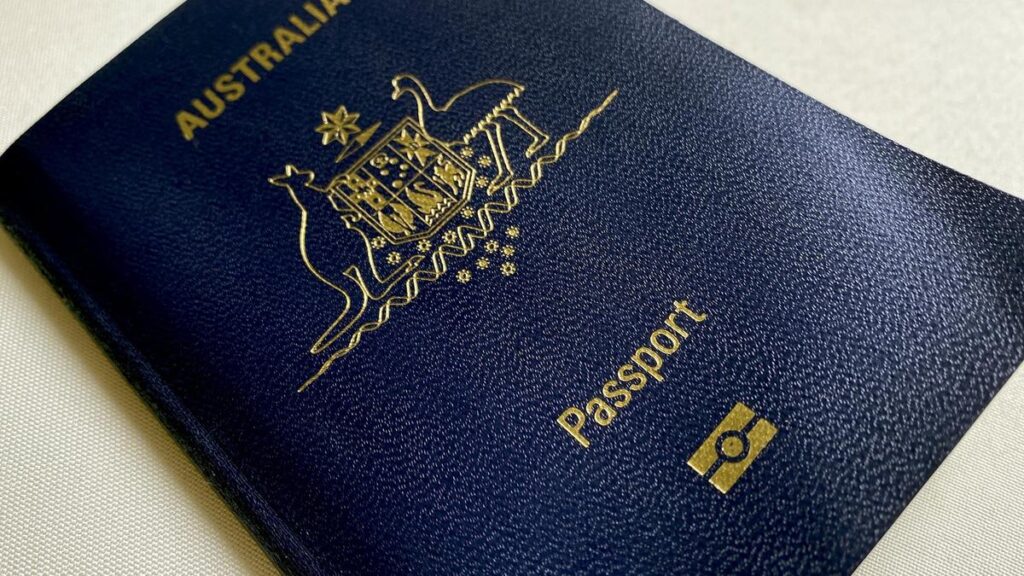
The latest global passport rankings reveal a decline in the strength of the Australian and US passports, with the US falling out of the top 10 for the first time. Released this week by British migration consultants Henley and Partners, the rankings indicate significant changes in global mobility dynamics. The 2025 rankings show that the Australian passport has slipped from joint sixth to joint seventh place, now tied with Czechia, Malta, and Poland. Australian citizens can travel to 185 countries without a visa, while New Zealanders enjoy access to 186 nations.
According to Christian H. Kaelin, creator of the Henley Passport Index, the shift underscores a broader transformation in global mobility and soft power. He stated, “Nations that embrace openness and cooperation are surging ahead, while those resting on past privilege are being left behind.” This commentary reflects the growing importance of diplomatic relationships in fostering travel access.
The Australian passport’s decline is attributed to the loss of visa-free entry to four countries over the past year. Conversely, Singapore has made notable progress, emerging as the leader in the rankings with visa-free access to 193 countries. This achievement places Singapore ahead of South Korea, which allows access to 190 countries, and Japan, with 189 destinations.
The decline of the US passport is particularly striking. Once ranked first in 2014, it now sits at 12th place. The drop coincides with the fallout from former President Donald Trump‘s trade war, which has complicated visa arrangements. This year, reciprocal visa-free access was denied by both Brazil and the US, further impacting American travelers. Additionally, countries like China, Vietnam, and Somalia have also imposed restrictions on US citizens.
Australia’s visa arrangements are highlighted as the most lopsided globally. According to Henley and Partners, Australia offers the highest number of visa-free destinations while simultaneously allowing very few visitors to enter without a visa. The US ranks second in this regard, followed by Canada, New Zealand, and Japan.
As global mobility continues to evolve, these rankings serve as a reminder of the shifting landscape of international relations and travel accessibility. The changes reflect not just a numerical shift, but a deeper indication of how countries are perceived on the global stage.






